[electronics] [today_i_did_this]
Mediasonic Probox fan replacement
I have a Mediasonic Probox for file storage. After 3.5 years of use (purchased May 2020), one of the fans has gone bad:
The stock fans are labeled YLTC DFS802012H, 12 Volts, 0.23 Amps, and measure 80x80x20mm.
For my replacement, I chose the Arctic P8 because it seems to have a good reputation for being quiet, and I feel that a pressure-optimized fan (the P series) is more appropriate than a flow-optimized fan (the F series) for pushing air around the box's motherboard and between the drives.
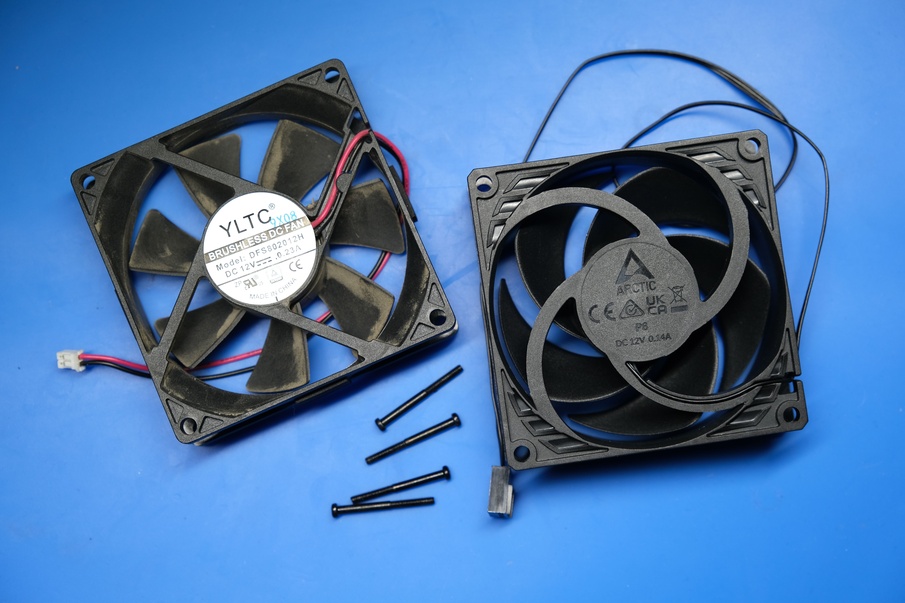
Before doing some research, it hadn't occurred to me that the thicknesses of 80mm case fans wouldn't all be the same. On this Mediasonic forum post about fan replacement, someone commented that most fans on the market are 25mm thick and would not be a drop-in replacement for the 20mm stock. The screws are not long enough to go all the way through a 25mm fan, and the shroud, and have any real bite left over.
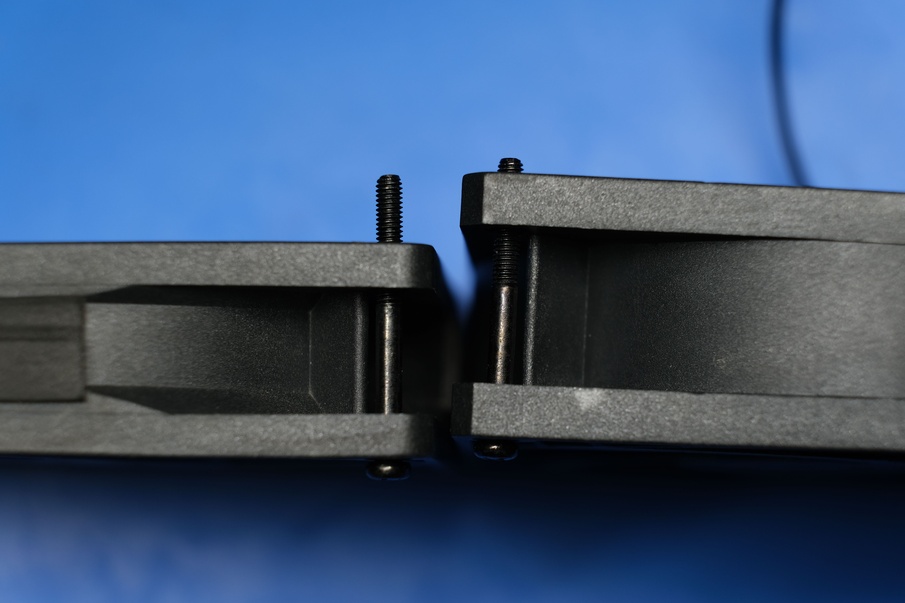
Besides the problem of length, there is also diameter: without the shroud, the screws slip straight through the mounting holes in the fan itself, so the shroud is necessary... or so I thought. Then I found this thingiverse thing where the author takes advantage of the empty space between the two faces of the fan housing to slip in a little hollow post. This bypasses the extra 5mm of fan thickness by placing the screw head within the Z-profile of the fan, and gives it something to grab onto, solving both problems at once! Very clever!
$fa = 0.1;
$fs = 0.1;
difference()
{
cylinder(d=5.5, h=10);
cylinder(d=2.9, h=10);
}
Please excuse the poor quality of the prints...
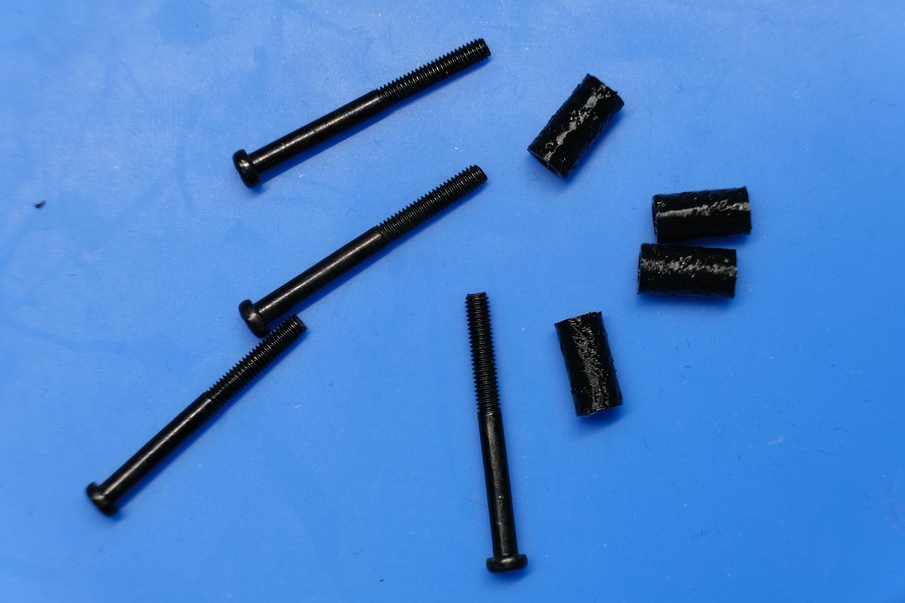
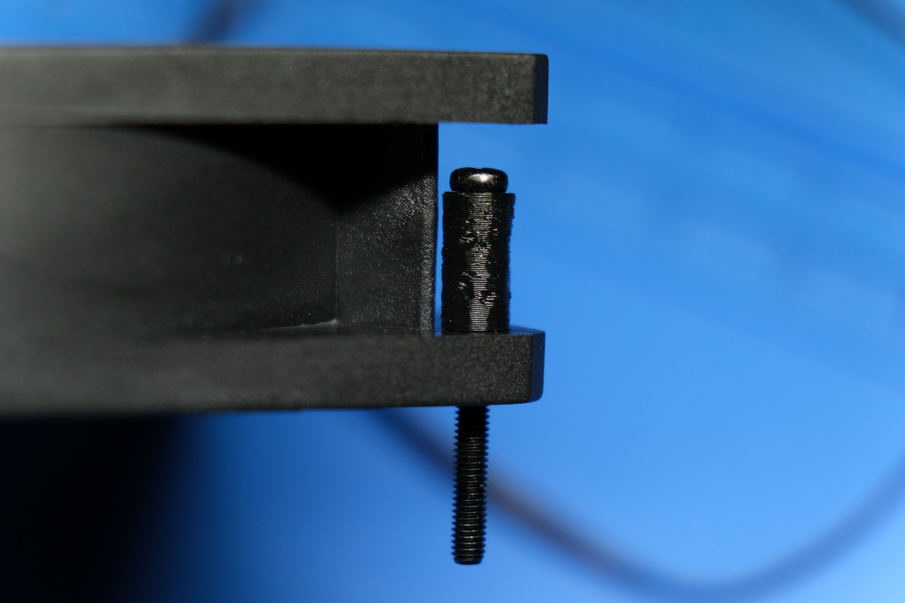
Also, most fans use a three-pin connector with one wire carrying RPM signal data, but the Mediasonic only uses the two power pins and a 2mm connector. There are adapters out there, mentioned in the forum post, so you can make the swap non-destructively. I was not in the mood to wait multiple weeks for aliexpress shipping, so I cut and soldered the ends.
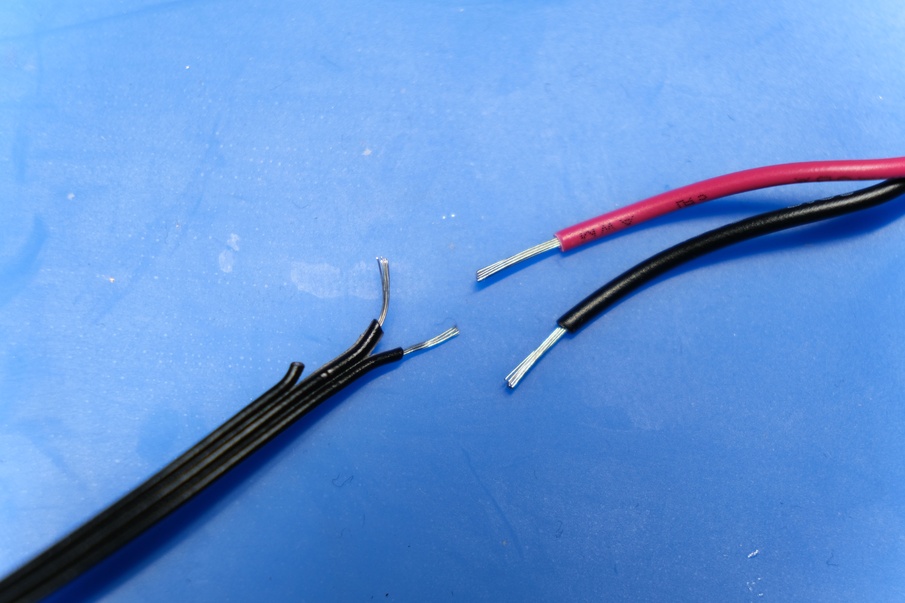
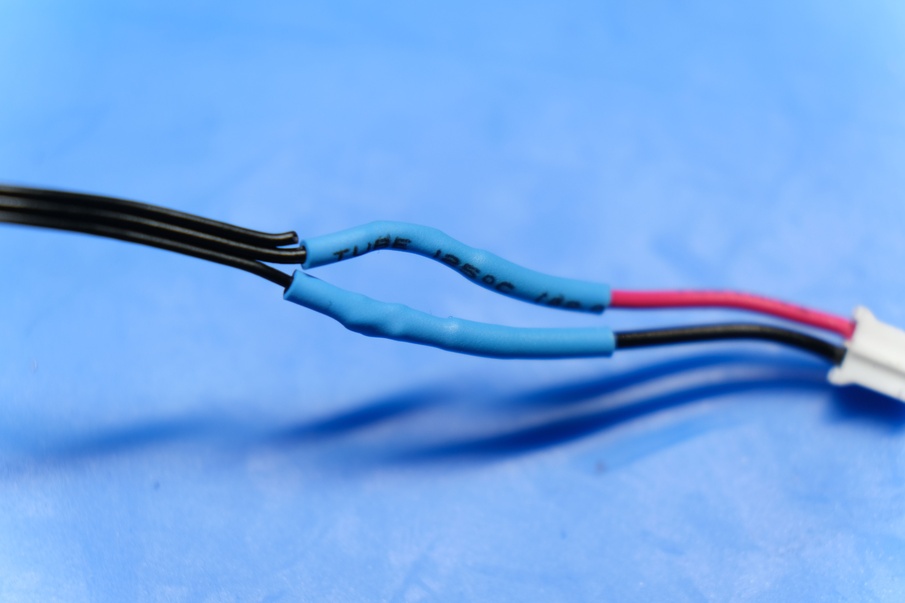
Of course, you could just buy a fan that's 20mm thick with a two-pin connector in the first place. But all the options I saw were very cheap/generic looking, and the per-fan prices were not cheaper than the Arctics, and I've been wanting to replace the stock fans with quieter ones for a long time anyway. In this case, I'd rather buy a fan from a known brand with a good reputation for quiet, even if it requires some modification.
You have to admit this doesn't really seem like the ideal air path:

But the replacement went just fine and the fan feels very secure.
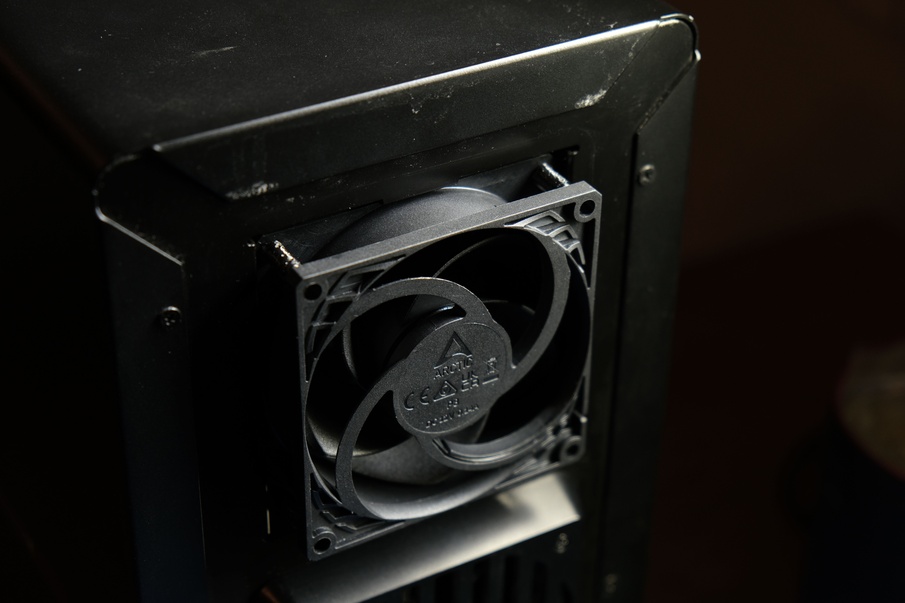
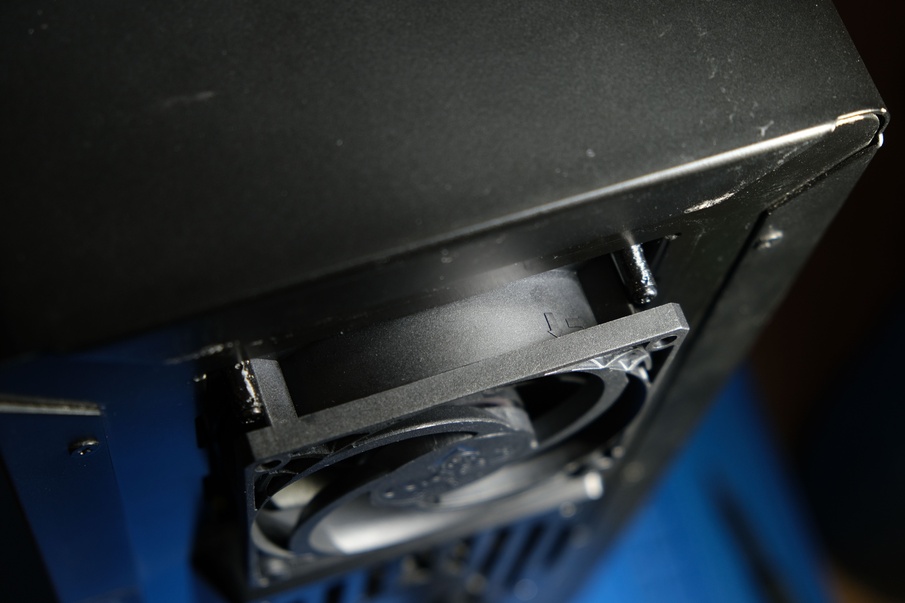
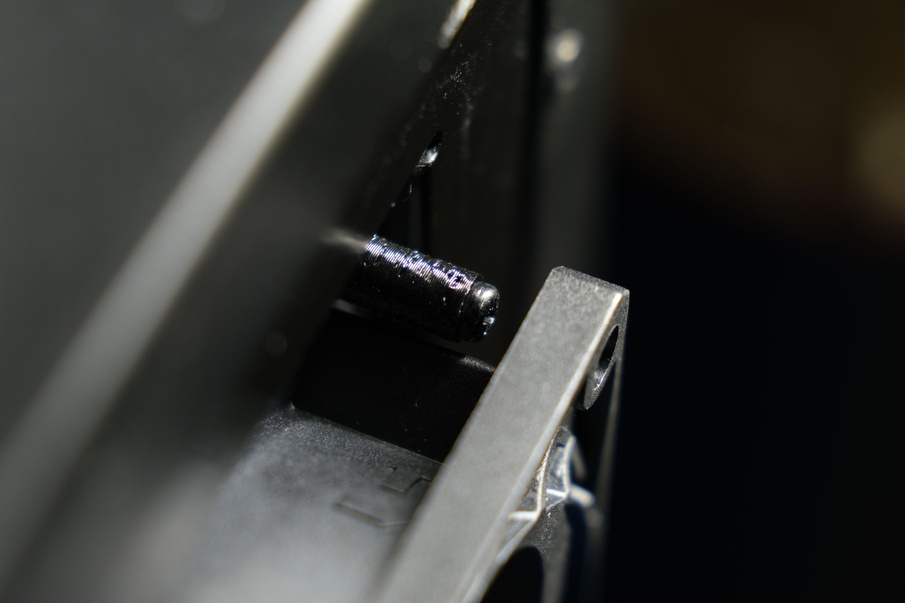
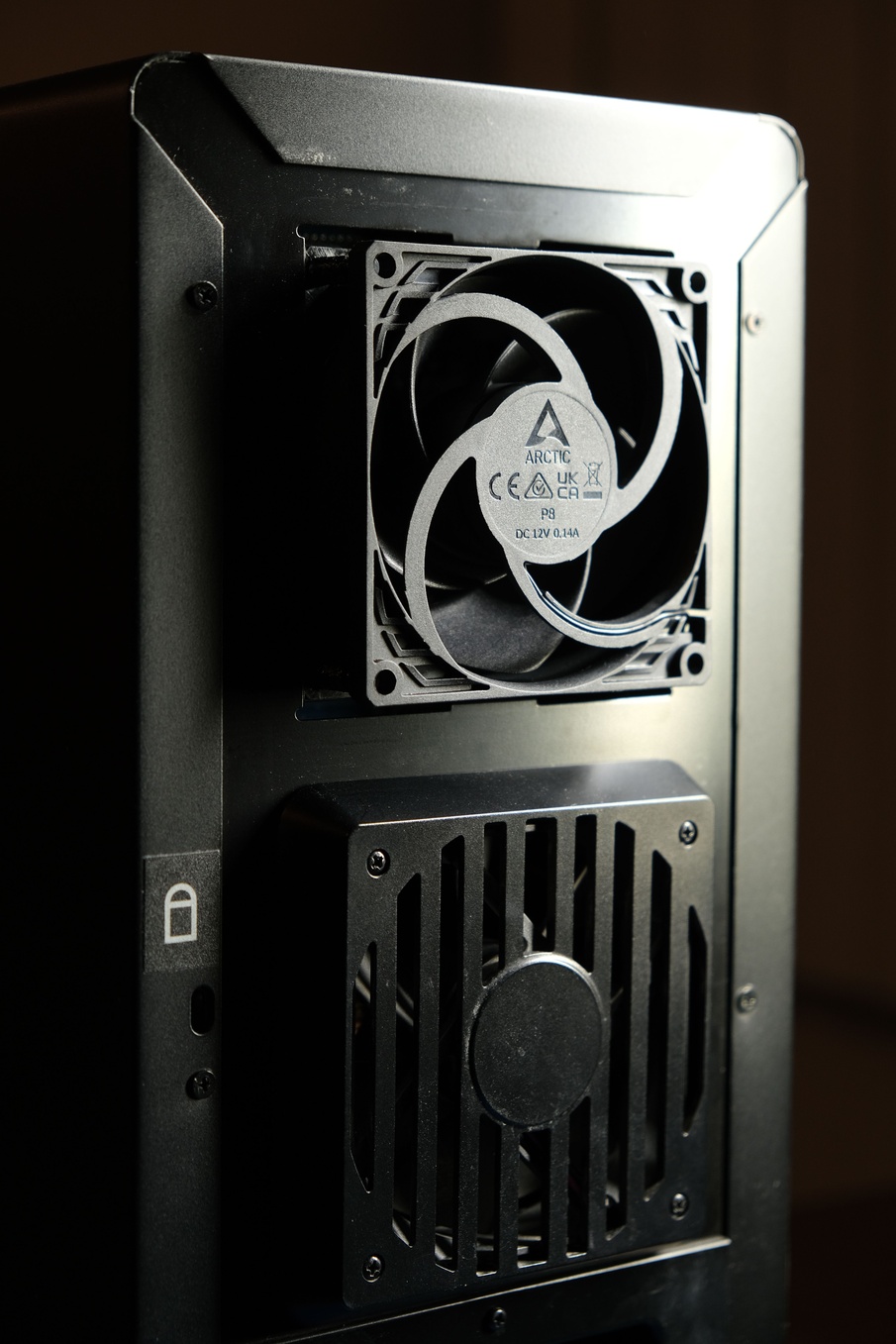
I felt I should add a bit of tape around the edge to discourage air from leaking into the sides, since the shroud is gone now.
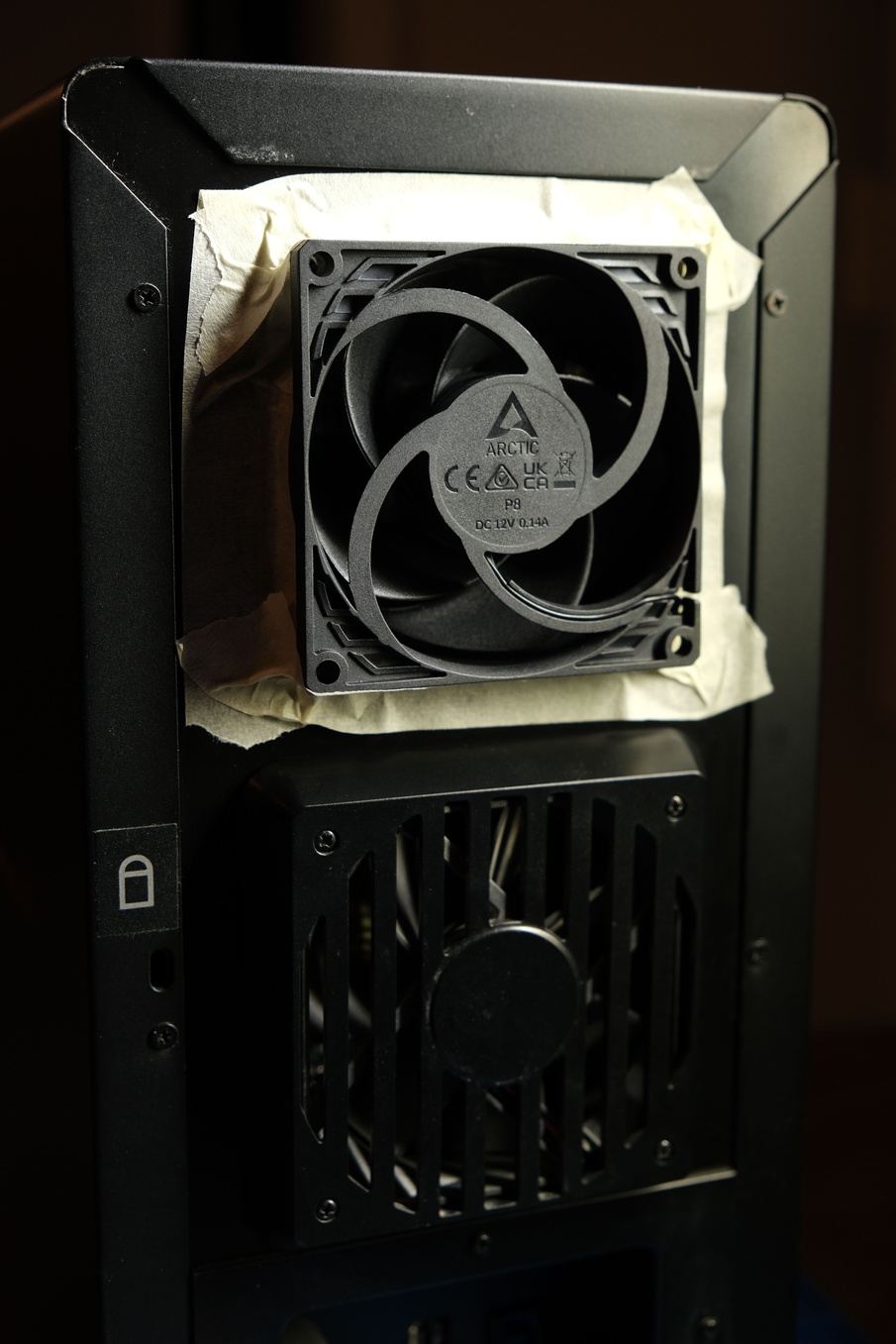
After this, I also replaced the other fan in the same manner.
At low speed the new fans are essentially inaudible:
At full speed, they're still pretty quiet:
These recordings were made with no hard drives in the box. Once the drives are in... well... it's quieter than it was before but it's not exactly life-changing.
For the first few days, I heard a new sound that made me think the whole thing was pointless — it was a kind of ringing, or resonance, or beat frequency that was audible when I sat in my chair, but seemed to disappear when I got close to the box to listen for it. I'm not sure if it was an illusion, or the heart of my latest victim, or the bearings just breaking themselves in, but it's better now.
I don't normally publish this kind of thing, since I feel it's a little trivial or unimpressive, and because it mentions brand names. But whenever I am solving a problem, I rely on posts made by other people solving the same problem — something as simple as a hollow cylinder turned out to be a very helpful bit of inspiration to me. If that person thought a cylinder was too trivial to share, it would have taken me longer to do this. So maybe I should contribute back in the same way more often.
Contact me: writing@voussoir.net
If you would like to subscribe for more, add this to your RSS reader: https://voussoir.net/writing/writing.atom